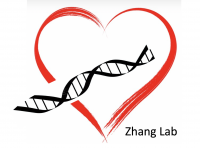分享到
Transcription Factor TCF4 Maintains the Properties of Human Corneal Epithelial Stem Cells
2012
期刊
Stem Cells
- 卷 30
- 期 4
- 页码 753-761
- Oxford University Press (OUP)
- ISSN: 1066-5099
- DOI: 10.1002/stem.1032



